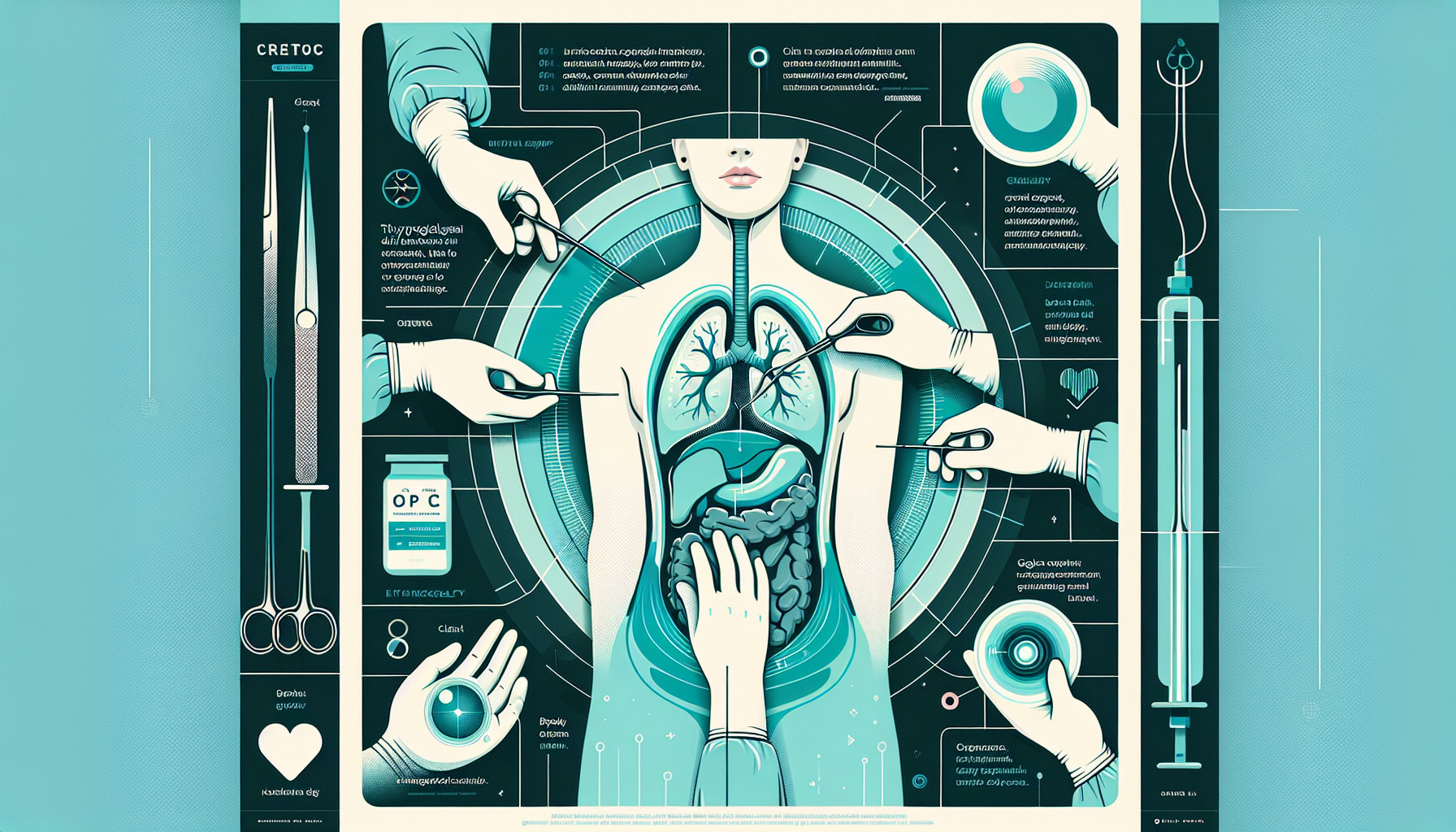Our Summary
This research paper is about a study on a rare birth defect called lingual thyroglossal duct cysts (LTGDCs), which are abnormal growths that can block the airway and potentially be life-threatening. The location of these cysts makes them difficult to surgically remove, and there isn’t a standard surgical method for treating them.
The researchers wanted to study these cysts more closely and test out a less invasive surgical method using a technique called coblation-assisted transoral endoscopic excision. This method uses special tools (FK retractors and a 30° Hopkins telescope) to better see and handle the cysts during surgery.
The study involved 29 patients (20 males, 9 females) between the ages of 3-70, who had these cysts. Some of these patients had already undergone surgery elsewhere but had the cysts return.
The results of the study were positive. All the cysts were successfully removed without any complications like bleeding, infection, or airway obstruction. Patients recovered smoothly, with an average hospital stay of about 3 days. There were no cases where the cysts came back during the follow-up period, which averaged about 5 years.
In conclusion, the researchers found that this coblation-assisted surgical method was effective and safe for treating LTGDCs. It allows for complete removal of the cysts with a low risk of them returning or causing complications. The method is less invasive than traditional surgeries, which reduces trauma and helps patients recover faster. The authors suggest that future studies should compare this method with other surgical techniques to see if it could be widely applicable.
FAQs
- What is a lingual thyroglossal duct cyst and why is it potentially life-threatening?
- Can you explain more about the coblation-assisted transoral endoscopic excision method used in this study?
- What were the results of the study and how does this new method compare to traditional surgeries for LTGDCs?
Doctor’s Tip
A helpful tip a doctor might tell a patient about thyroglossal duct cyst removal is to follow post-operative care instructions carefully to promote healing and reduce the risk of complications. This may include keeping the surgical site clean and dry, avoiding strenuous activities that could strain the area, and taking prescribed medications as directed. Additionally, attending follow-up appointments with your healthcare provider is important to monitor your recovery progress and address any concerns.
Suitable For
Patients who are typically recommended for thyroglossal duct cyst removal include those with lingual thyroglossal duct cysts (LTGDCs) that are causing symptoms such as difficulty swallowing, breathing, or speaking. These cysts can also cause recurrent infections, pain, and cosmetic concerns. Patients who have cysts that have returned after previous surgical treatment may also be candidates for removal.
In the case of the study mentioned above, patients ranged in age from 3 to 70 years old, indicating that this surgical method can be used across a wide range of ages. The successful outcomes and low risk of complications suggest that this method may be suitable for a variety of patients with LTGDCs. However, individual patient characteristics and medical history will also play a role in determining whether thyroglossal duct cyst removal is recommended. Consulting with a healthcare provider or specialist is important to determine the best course of treatment for each patient.
Timeline
Before the thyroglossal duct cyst removal:
- Patient experiences symptoms such as neck swelling, difficulty swallowing, or pain in the neck area.
- Patient consults with a doctor or ENT specialist who performs a physical exam and may order imaging tests like ultrasound or MRI to diagnose the cyst.
- Treatment options are discussed, and surgery is recommended to remove the cyst.
- Pre-operative tests and evaluations are conducted to ensure the patient is healthy enough for surgery.
- Surgery is scheduled, and the patient is instructed on pre-operative preparations like fasting.
After the thyroglossal duct cyst removal:
- Patient undergoes surgery using the coblation-assisted transoral endoscopic excision technique.
- The cyst is successfully removed without complications, and the patient is monitored in the hospital for a few days.
- Patient experiences a smooth recovery period with minimal pain and discomfort.
- Follow-up appointments are scheduled to monitor the healing process and ensure the cyst does not return.
- Patient resumes normal activities gradually and experiences improvement in symptoms like swallowing and neck pain.
- Long-term follow-up shows no recurrence of the cyst and overall improvement in the patient’s quality of life.
What to Ask Your Doctor
Some questions a patient should ask their doctor about thyroglossal duct cyst removal include:
- What are the risks and potential complications associated with the surgery?
- How long will the recovery process take, and what can I expect during the recovery period?
- Will there be any scarring or long-term effects after the surgery?
- Are there any alternative treatment options available for removing the cyst?
- What is the success rate of this surgical method in completely removing the cyst?
- Will I need any follow-up appointments or care after the surgery?
- How experienced is the surgical team in performing this specific procedure?
- Are there any restrictions or precautions I should take before or after the surgery?
- How can I best prepare for the surgery, both physically and mentally?
- What is the expected outcome after the surgery, in terms of symptom relief and overall health improvement?
Reference
Authors: Niu Y, Cui T, Li W, Jin X, Huo H, Wang J. Journal: J Otolaryngol Head Neck Surg. 2025 Jan-Dec;54:19160216251333351. doi: 10.1177/19160216251333351. Epub 2025 Apr 21. PMID: 40259700
